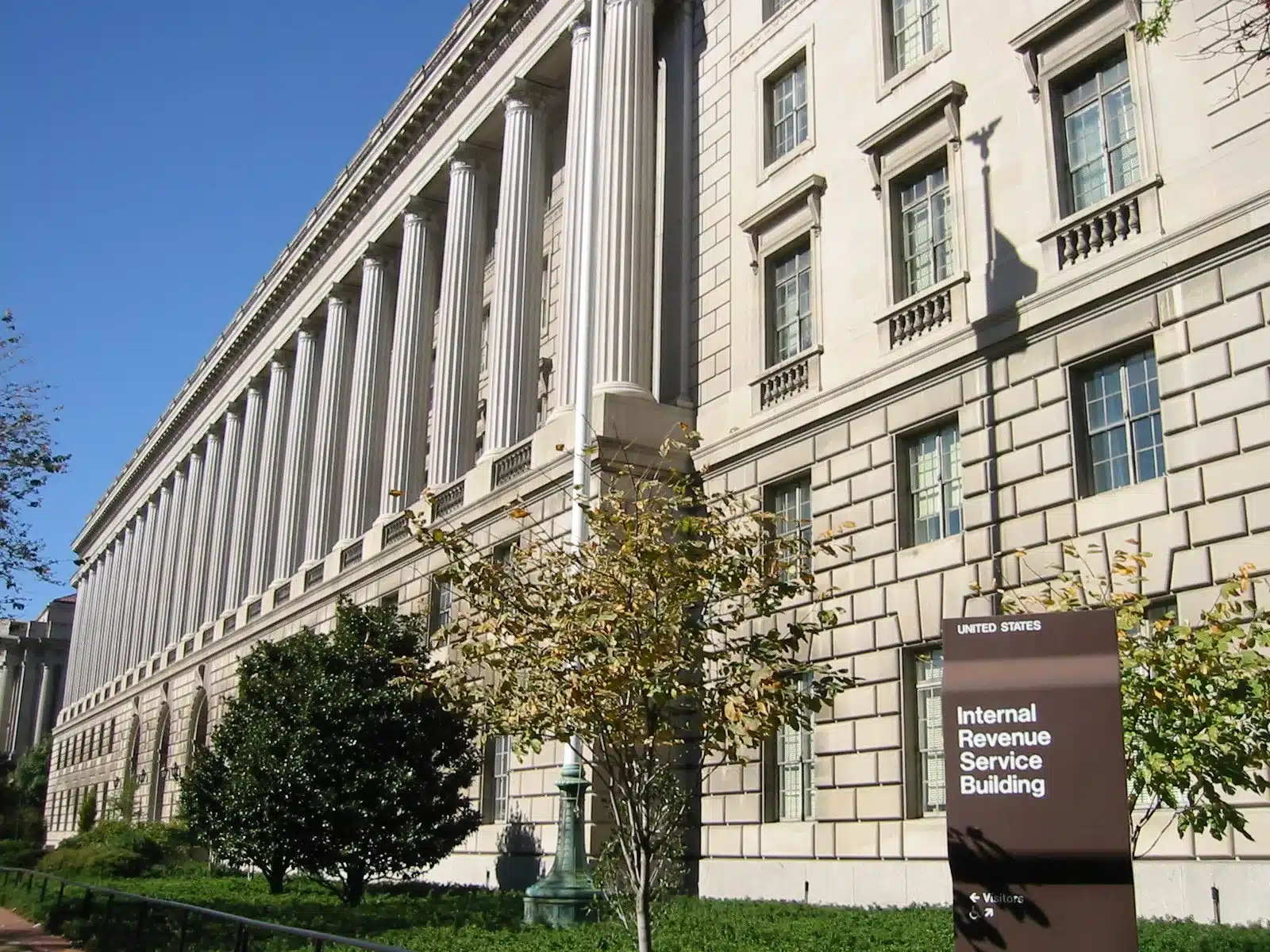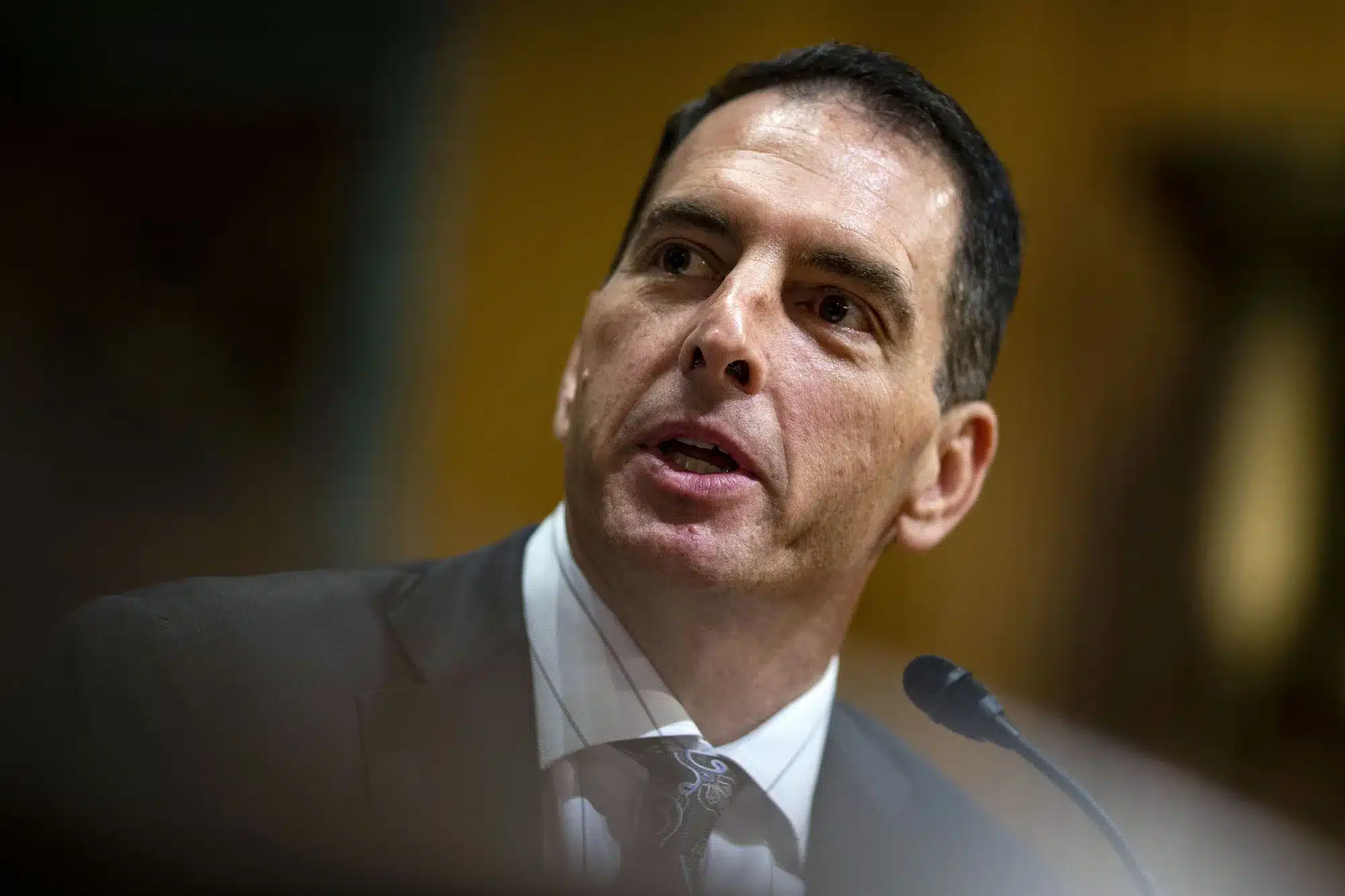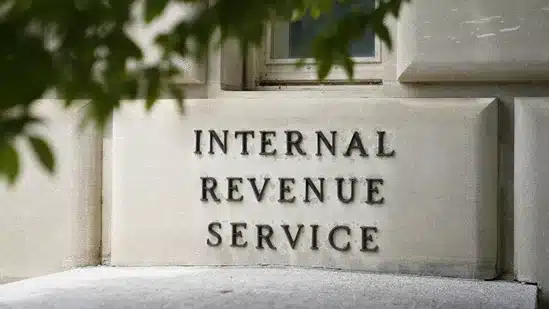IRS Audit Risk in 2025: New Changes Could Affect Your Tax Return Review Odds
The IRS audit landscape is changing significantly in 2025, with several key factors affecting who might get audited and why.
Currently, less than 1% of tax returns face audits - specifically 0.44% of individual returns and 0.74% of corporate returns between 2013-2021. This low rate stems from IRS resource constraints rather than improved tax compliance.

IRS building during administrative chaos
Key Audit Risk Factors:
- High-income earners ($10M+ annually) face ~9% audit risk
- Low-income households claiming earned income tax credit see increased scrutiny
- Middle-income earners ($50K-$500K) have lowest audit risk at 0.5% or less
Current Challenges:
- Leadership instability (four acting commissioners since January)
- Significant staff departures and budget constraints
- Reduced enforcement capabilities

Man speaking in business attire
AI Implementation Impact:
- Increased use of AI for return analysis
- Focus on correspondence audits for simple returns
- Complex cases still require human expertise
- Potential for increased random audits of average taxpayers

IRS building stone facade
Key Takeaways:
- Overall audit rates remain low but are becoming more unpredictable
- AI implementation may change audit patterns
- Reduced staffing means longer resolution times for issues
- Double-check tax returns carefully as support resources are limited
- Complex cases involving wealthy taxpayers may face delays due to staff shortages
Despite lower overall audit rates, taxpayers should maintain careful documentation and accurate reporting as the IRS transitions to AI-enhanced enforcement methods.